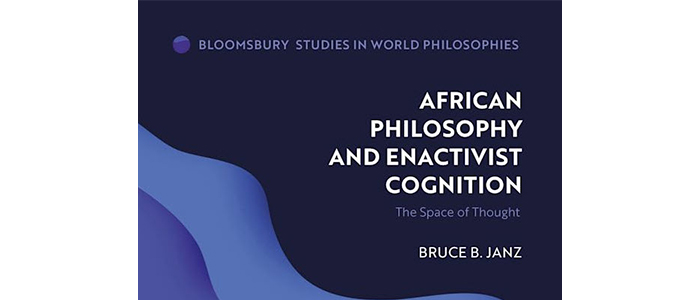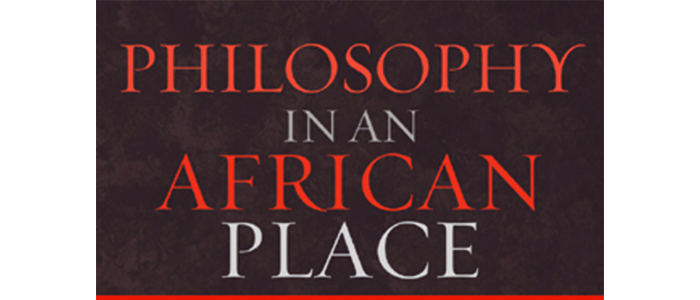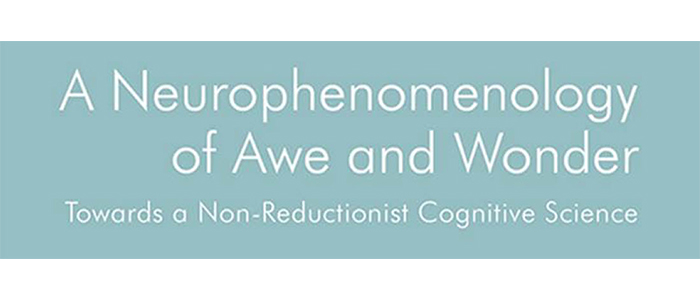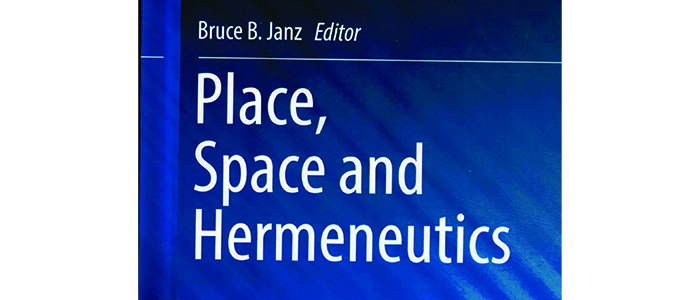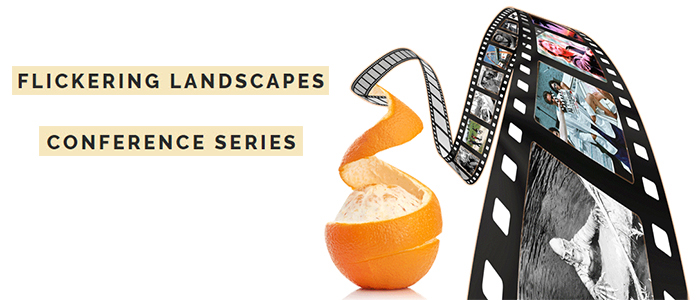Annotated Bibliographies
Annotated bibliographies are basic research tools. They are bibliographies in which you include notes on significant features of the text. The “text” is a scholarly resource, a book or paper. Annotated bibliographies must have topics, or you won’t know what resources to include or what to focus on in the annotations. The number of sources depends on the assignment. The length of the annotation depends on the kind of source – a very short paper may only require a sentence or two, while a longer paper or book will require more.
What’s the point? This is a major research tool. As you read with a view to writing, you will come across a lot of material. It’s easy to forget, and it’s easy to not read with a clear purpose. The annotated bibliography helps with both of those. You should be able to go from here to starting to develop the central question of your paper, and after that, a clear thesis.
What might be included in the annotation?
- What is the central argument?
- What are the assumptions and consequences of the author’s argument?
- Can you think of critical or evaluative comments on the source?
- Assessment of the value of the source to your project: What is useful about this source? Is it the material or data? The style of argument? The description of a problem or issue? The links to further material?
- Does the source support your argument, or provide an example of something you want to argue against?
Links
- How to prepare an annotated bibliography (Cornell)
- Annotated Bibliographies (UCF Library)
- Annotated Bibliographies (UW Madison)
- Annotated Bibliographies (UCSC)
- Writing an Annotated Bibliography (U. Toronto)
- Writing Annotated Bibliographies
